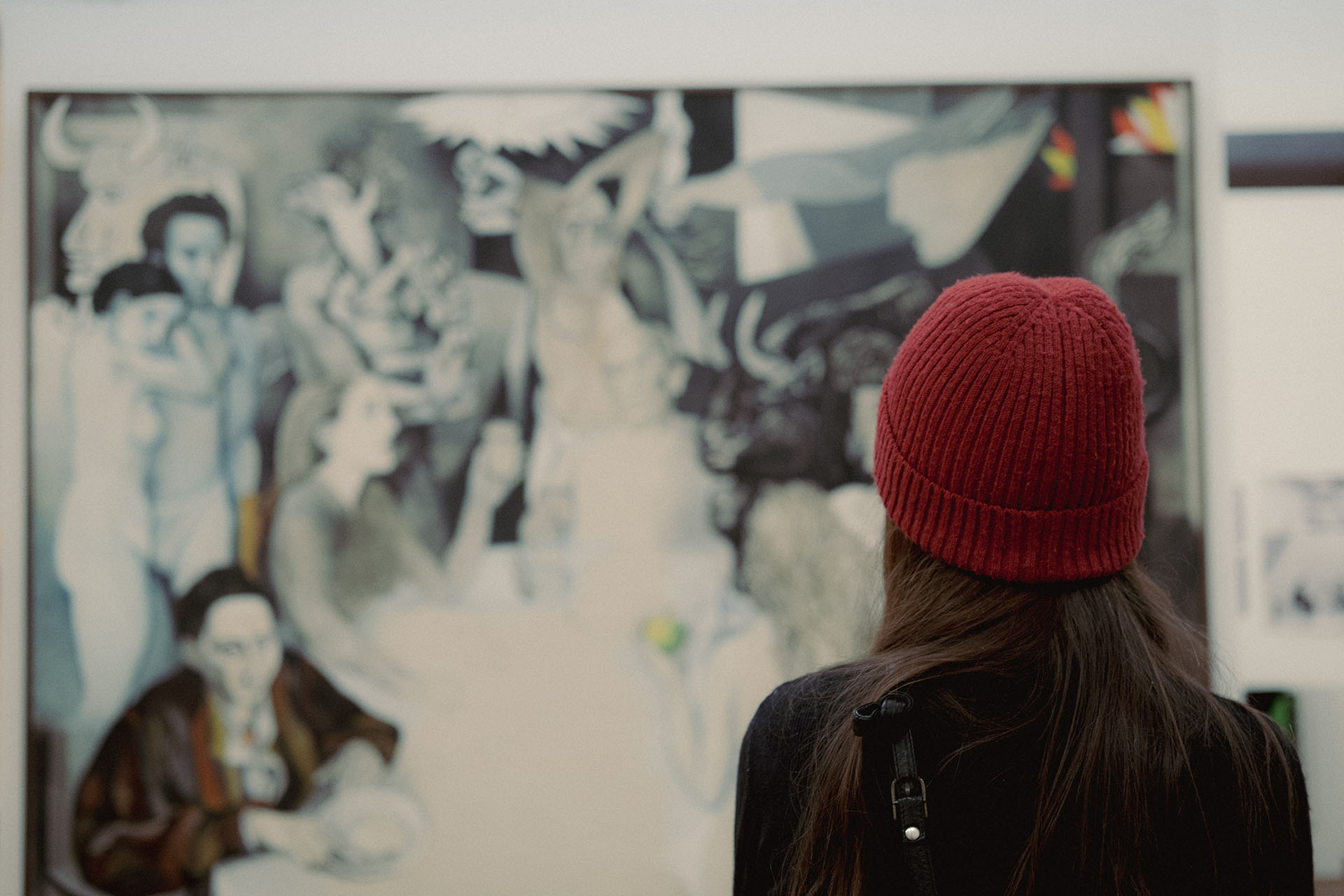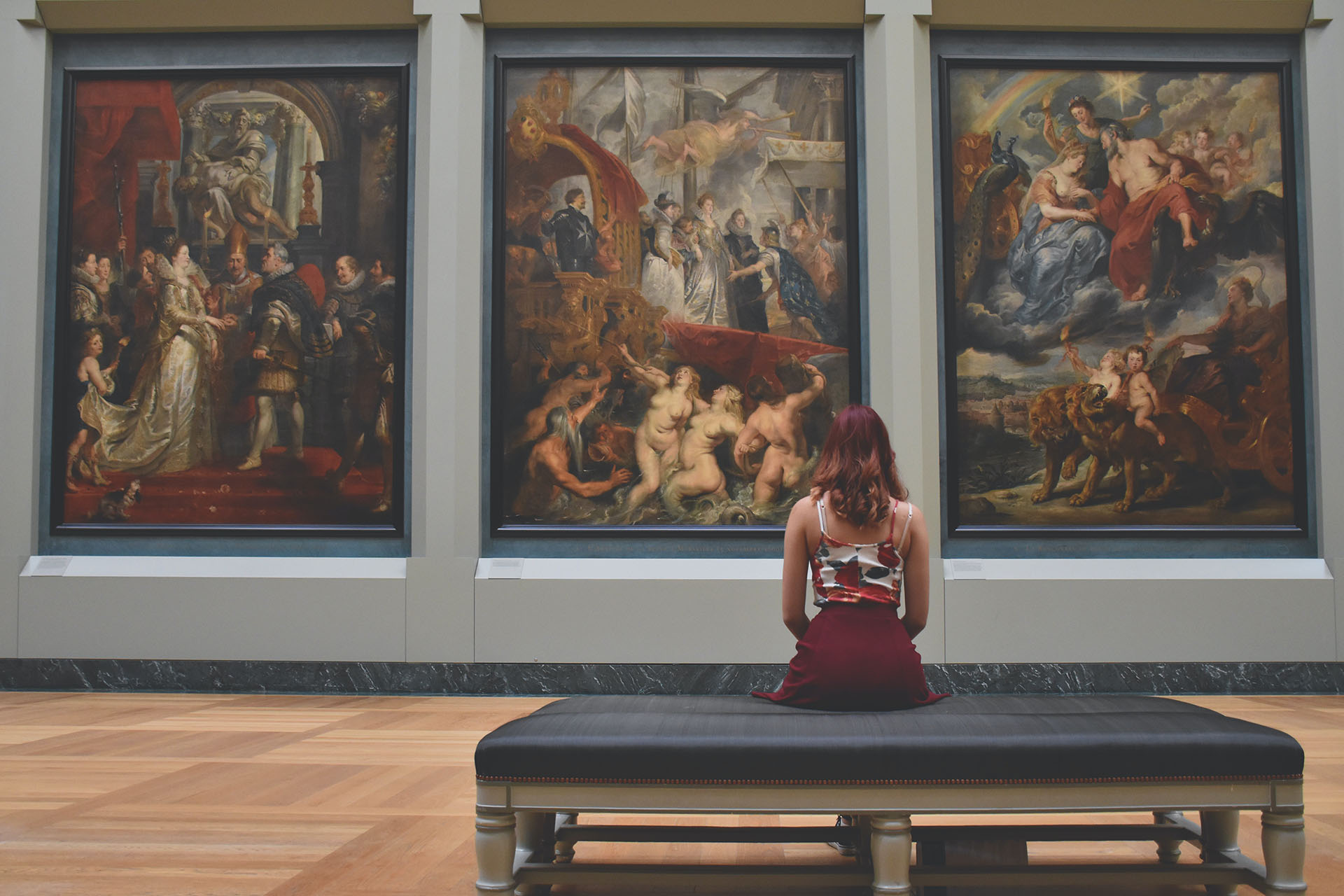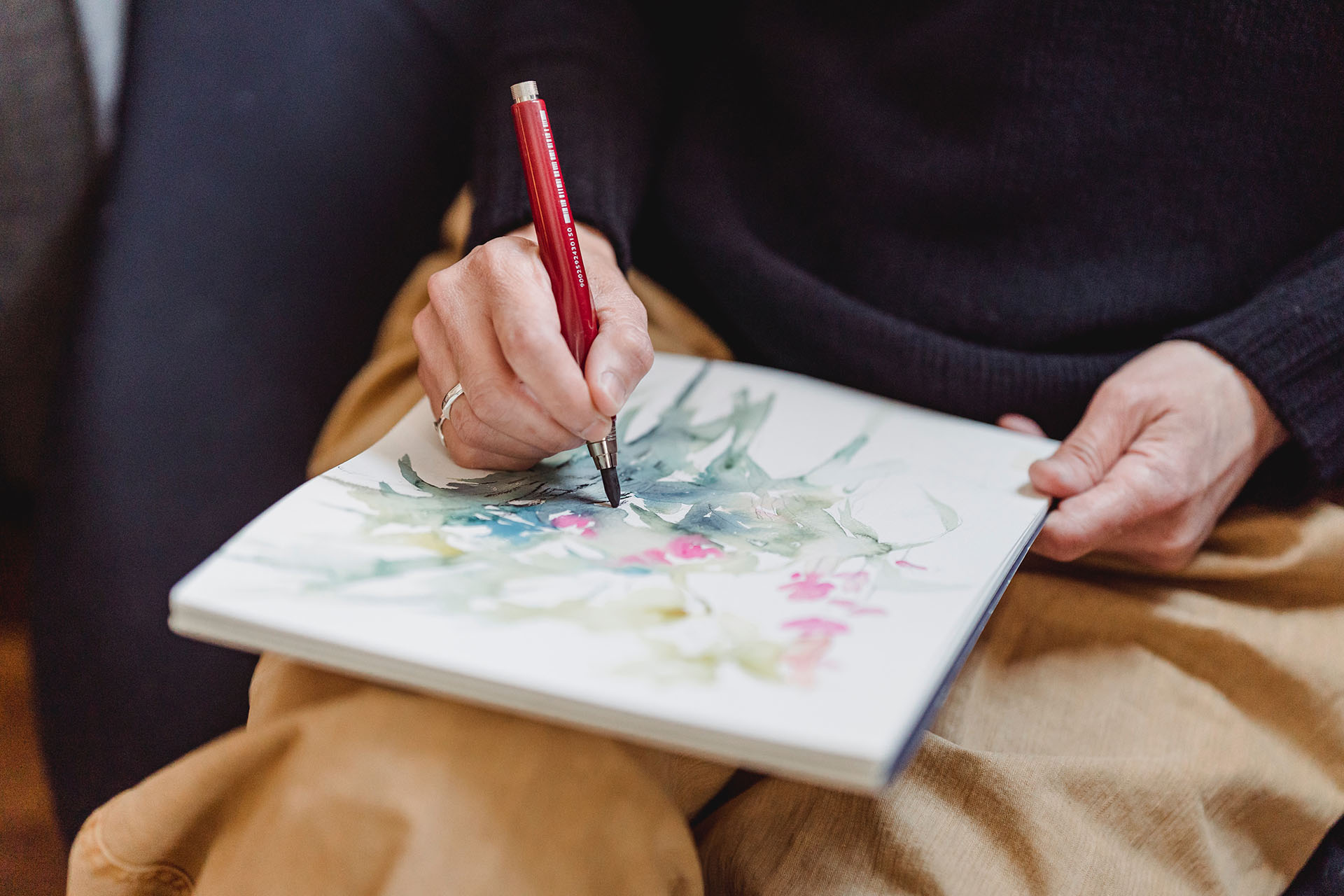Why is experiencing art good for us?
The role of dopamine
Neuroscience:
Why do we go to the museum to visit an exhibition or to the theater to see a concert? We do it because we obviously enjoy it, but what effect does art have on us? Several studies have shown that art can generate a sense of mental and physical well-being in us. In this article we are going to look at what happens in our brains and bodies when we experience art.
Neuroaesthetics: the neurobiological basis of beauty and well-being
When we stand in front of a work of art, whether it be a painting, a sculpture, or a classical music concert, a series of physical reactions and sensations may be triggered within us, such as the typical shivers down the back, increased heart and respiratory rate, or even goose bumps.
But what happens in our brain?
The brain is not an isolated system, and different environmental stimuli correspond to precise activity in specific brain areas, certain changes in their connectivity, and the release of neurochemicals.
With the help of advanced visualization techniques of brain activity typical of neuroscience, such as functional magnetic resonance imaging (fMRI), researchers were able to gain insight into which brain areas are activated when we have an artistic experience. Regardless of the art form, a number of brain mechanisms underlying the perception of beauty have thus been identified and can be summarized in the following three networks:
1.The sensory-motor system (sensation, perception, motor system)
2. The emotional-evaluative system (gratification, emotion, desire/pleasure)
3. The knowledge and meaning system (competence, context, culture)
The activation of the sensory-motor system comes mainly from the presence of the famous mirror neurons that are activated both when we perform an action and when we observe it performed by someone else. Explicit action is not strictly necessary; this system also comes into play when looking at static images, such as a painting or sculpture, in which the action remains implicit.
This sensory-motor response underlies what is known as “embodied simulation“, or the ability of our brains to simulate the actions, postures, and emotions of other individuals as well as of the characters depicted in various works of art. This process of simulation would seem to be crucial to aesthetic appreciation and the attribution of beauty to bodies and movements.

The researchers then identified the activation of specific brain areas such as the orbitofrontal cortex (located more or less in the frontal part of the brain behind the eyes) and the caudate nucleus, whose activity correlates not only with aesthetic judgment but also with romantic love. Indeed, it would seem precisely that the intense pleasure we take in admiring a particularly beautiful sculpture or listening to a song we like induces in our brain a series of neurochemical responses identical to those triggered by falling in love. Therefore, at least from a neural point of view, observing a work of art induces a sense of pleasure and well-being very similar to that experienced when we are in love because both romantic love and ecstasy in front of a work of art activate the pleasure and reward brain areas that are associated with the release of dopamine.
Dopamine is a neurotransmitter, known as the euphoria hormone, related to pleasure, motivation, and reward mechanisms. Thus, the psychophysical well-being and the feeling of reward that we experience when we look at a painting or listen to a piece of music are precisely determined by the activity and synergy of several dopaminergic centers.
A question might arise as to why there is this union between the centers of aesthetic pleasure and those of reward. To answer this question, we quote the words of the French writer Stendhal who claimed,
The center of happiness, in fact, is very close to that of beauty in the orbitofrontal cortex. The sight of something beautiful, and the consequent release of dopamine, therefore generates a series of cascading reactions that radiate to many other contiguous brain centers, including deep and very old ones, that make us perceive the pleasurable feeling.
Neuroaesthetics pioneer Semir Zeki has also shown that activation of the orbitofrontal cortex is modulated by the experience of beauty, meaning that the more we like an artwork, the more activation we can observe in this area.
Evidence of a direct relationship between activation of this area and art appreciation is also provided by the fact that if this region is damaged, the person is no longer able to experience beauty, a condition called anhedonia.

Art as a therapeutic tool
Too often, various cultural experiences are confined to the sphere of entertainment.
However, we have seen that the synergistic relationship observed between the brain centers devoted to aesthetics, desire, pleasure, and reward supports the close relationship between participation in cultural events and feelings of well-being.
By encouraging the enjoyment of art, it would then increase the release of dopamine and thus counteract depression, antisocial behavior, and frustration that are often linked to low levels of this hormone.
The therapeutic function of art could also be useful for the chronically ill who live in facilities that offer specialized care but often generate social and cultural isolation.
The opportunity for those suffering from these chronic ailments to participate in cultural events obviously cannot cure them but can improve levels of anxiety and depression associated with chronic illness and has a positive impact on the perception of pain and fatigue.
Devoting time to cultural activities could therefore prove useful in alleviating the suffering of those with chronic illnesses, but it could also prove to be a preventive therapeutic approach to mental and physical health decline.

The role of mirror neurons and beauty education
We have seen that art activates sensory-motor areas and mirror neurons, but what exact role do these neurons play in the aesthetic experience and appreciation of artwork?
The activation of this neuronal system allows us to better understand the content of the work and consequently appreciate it more.
Ticini and their colleagues wanted to test whether knowing the movements the artist made during the creation of the work could influence the viewer’s understanding, and thus appreciation. They therefore created an experiment in which subjects were required to look at paintings and then asked to evaluate them aesthetically. Each painting was preceded by images depicting an action which could be either compatible or incompatible with the artist’s movements. It turned out that the work was appreciated more if its observation was preceded by the simulation of the actual movements performed by the painter.

Have you ever looked at a painting or listened to a piece of music that at first glance didn’t speak to you, but if someone explains a few technical details and the artist’s intention you begin to appreciate it much more? All of this helps to understand why it is important to understand art in order to enjoy it.
As we have already mentioned, the more we like a work, the more it activates the orbitofrontal cortex and the more it increases the release of dopamine resulting in mental and physical well-being.
But can the perception of beauty be trained? The answer is yes, because we have shown that dopamine release is only partly determined by our genetic profile, while the experience of beauty can be continuously learned and influenced by environmental factors such as culture and education.
Learning to appreciate beauty therefore generates well-being in the individual.
Martina Zanotto
Psychologist, Neuroscience specialist
Bibliography
Enzo Grossi e Annamaria Ravagnan, Cultura e Salute, la partecipazione culturale come strumento per un nuovo welfare, Springer Verlag, 2013
Innovation Trend Report, Neuroscience Impact Brain and Business, Intesa Sanpaolo Innovation Center
Luca Ticini, L’arte e la cultura: elisir di lunga vita. Social News 9: 37. Official newspaper of the Italian Justice Ministry, newspaper specialized in children’s and youth’s problems, 2012.

